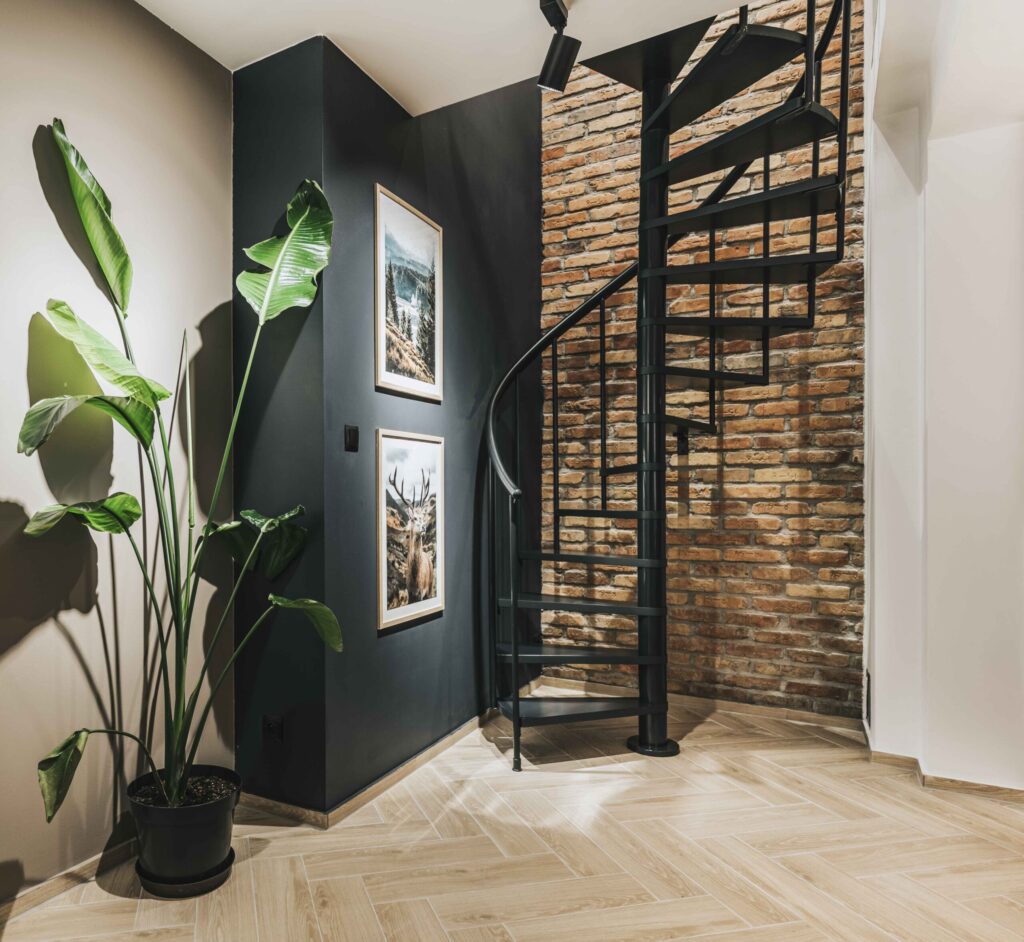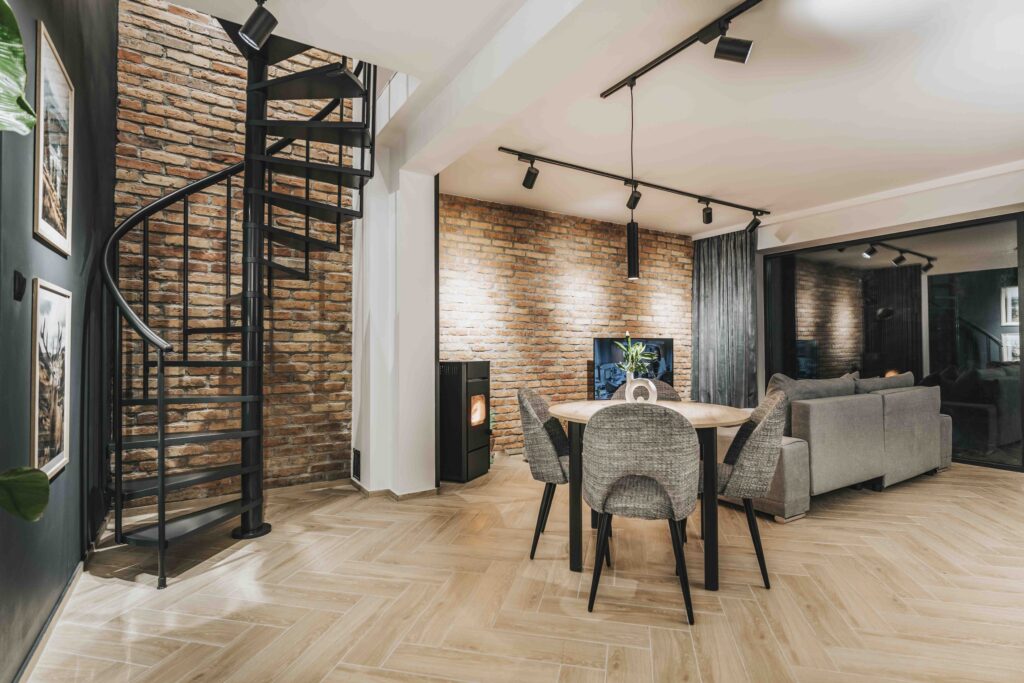Loft stairs / staircases
Ascending Design Heights: Exploring the Versatility and Creativity of Loft Stairs and Staircases
Loft spaces have captured the imagination of designers and homeowners alike, offering unique opportunities to transform underutilized areas into functional and stylish living spaces. Central to the accessibility and design of lofts are loft stairs or staircases. In this article, we delve into the versatility, design considerations, and advantages of loft stairs, exploring their role in optimizing space and enhancing the aesthetics of loft living.
Unlocking Vertical Potential: The Importance of Loft Stairs
Loft spaces, characterized by their open layouts and sloping ceilings, often require innovative solutions for accessing their upper levels. Loft stairs play a crucial role in making these spaces both functional and inviting, while also contributing to the overall design aesthetic.
Design Considerations for Loft Stairs
Designing loft stairs involves a delicate balance between maximizing space efficiency and creating an appealing design that complements the loft's ambiance. Several considerations come into play:
1. Space Optimization: Loft stairs need to be space-efficient while allowing for comfortable movement. Options like spiral stairs, alternating tread stairs, and compact designs are often favored for their minimal footprint.
2. Aesthetic Integration: Loft stairs should harmonize with the loft's design style. They can range from industrial-inspired metal designs to rustic wooden staircases, all contributing to the loft's visual identity.
3. Safety and Comfort: While optimizing space is essential, safety and comfort should never be compromised. Handrails, proper tread dimensions, and consistent riser heights are crucial for user safety.
4. Storage Integration: Some loft stairs also incorporate storage solutions, such as built-in drawers or shelves, making the most of every inch of available space.
1. Space Optimization: Loft stairs need to be space-efficient while allowing for comfortable movement. Options like spiral stairs, alternating tread stairs, and compact designs are often favored for their minimal footprint.
2. Aesthetic Integration: Loft stairs should harmonize with the loft's design style. They can range from industrial-inspired metal designs to rustic wooden staircases, all contributing to the loft's visual identity.
3. Safety and Comfort: While optimizing space is essential, safety and comfort should never be compromised. Handrails, proper tread dimensions, and consistent riser heights are crucial for user safety.
4. Storage Integration: Some loft stairs also incorporate storage solutions, such as built-in drawers or shelves, making the most of every inch of available space.
Applications of Loft Stairs
Loft stairs find applications in a variety of loft settings, enhancing the functionality and aesthetics of these unique spaces.
1. Residential Lofts: Loft stairs transform attics and loft apartments into fully functional living spaces, allowing homeowners to maximize their property's potential.
2. Studio Spaces: Artists and creatives often use loft spaces as studios. Loft stairs grant easy access to work areas while maintaining an inspiring environment.
3. Commercial Spaces: Lofts can also be utilized in commercial settings. Loft stairs provide access to office spaces, meeting rooms, and lounges in innovative office designs.
4. Retail and Hospitality: Some retail stores and boutique hotels use loft spaces creatively. Loft stairs can guide customers to elevated product displays or offer unique room layouts.
1. Residential Lofts: Loft stairs transform attics and loft apartments into fully functional living spaces, allowing homeowners to maximize their property's potential.
2. Studio Spaces: Artists and creatives often use loft spaces as studios. Loft stairs grant easy access to work areas while maintaining an inspiring environment.
3. Commercial Spaces: Lofts can also be utilized in commercial settings. Loft stairs provide access to office spaces, meeting rooms, and lounges in innovative office designs.
4. Retail and Hospitality: Some retail stores and boutique hotels use loft spaces creatively. Loft stairs can guide customers to elevated product displays or offer unique room layouts.
Loft stairs / staircases - conclusion
Loft stairs are not just functional elements; they are integral components of loft living that seamlessly integrate form and function. Their role in optimizing space, enhancing design aesthetics, and providing vertical connectivity cannot be understated. As the trend of repurposing loft spaces continues to grow, loft stairs stand as testaments to architectural innovation and creative design solutions. Whether in residential, commercial, or artistic environments, loft stairs are the elegant pathways that lead us to new dimensions of spatial possibilities.


